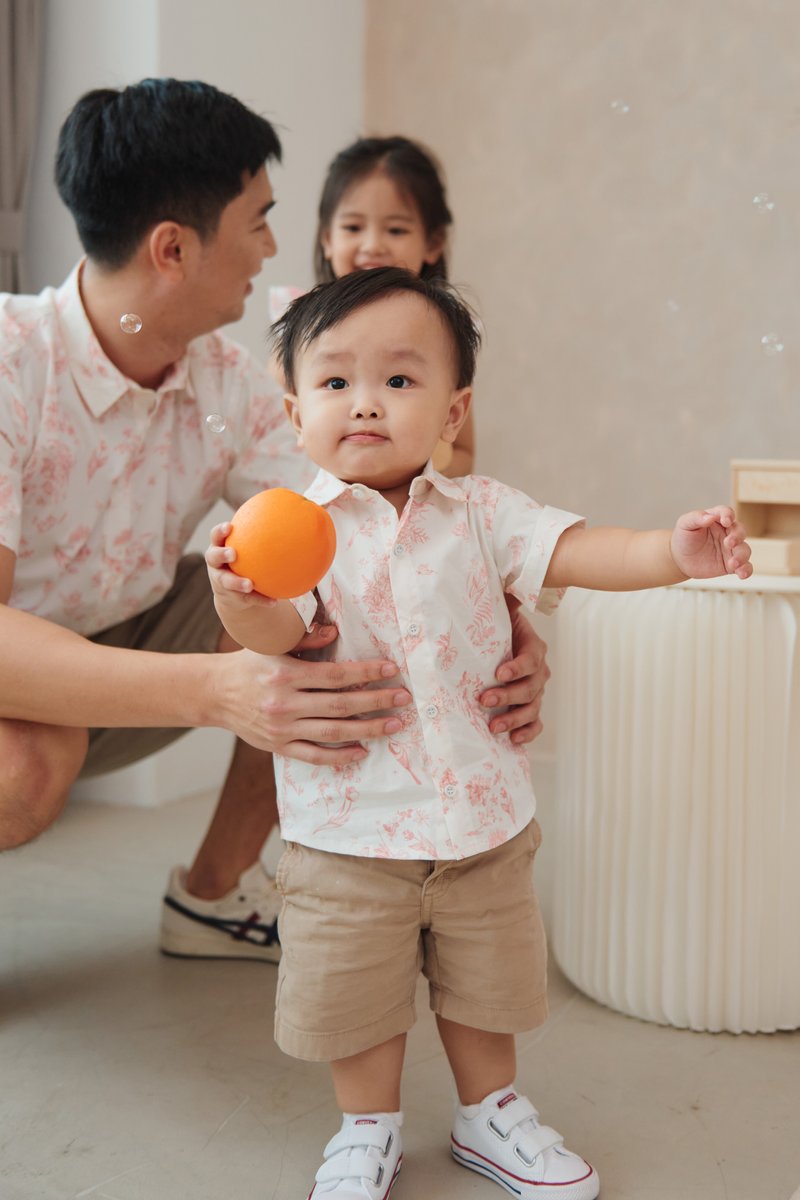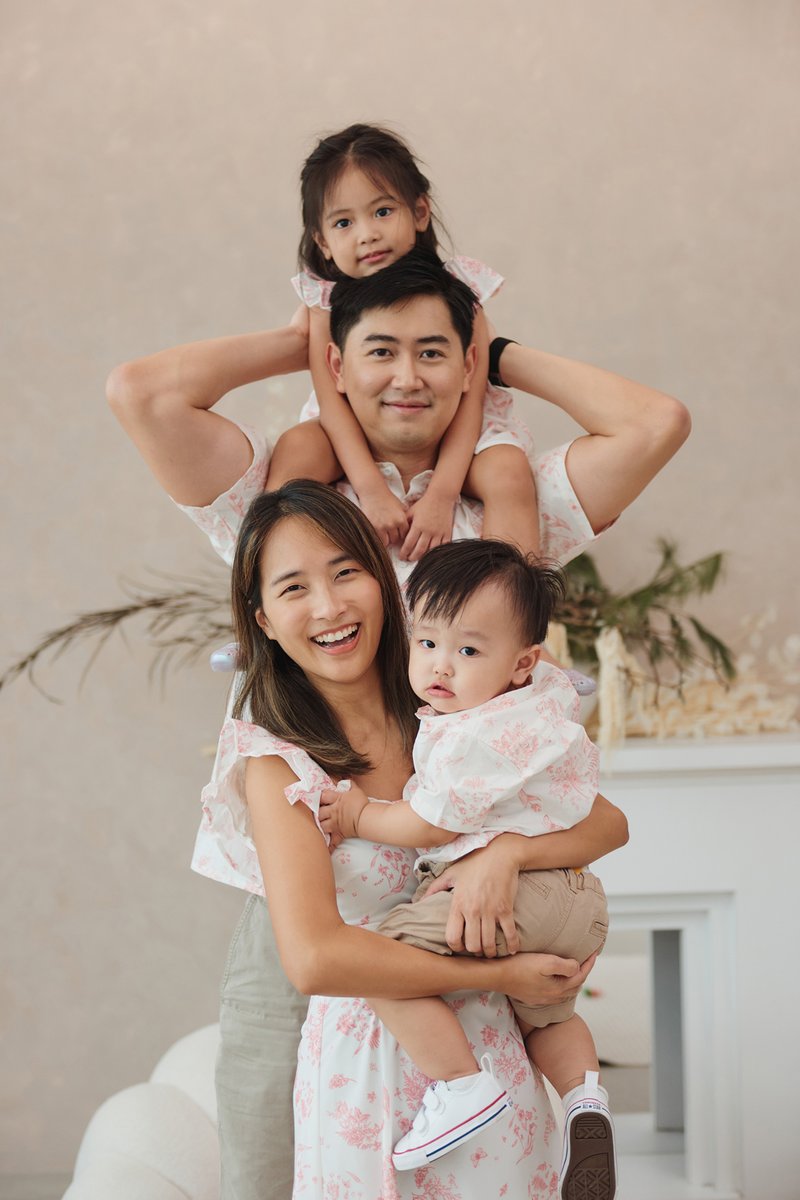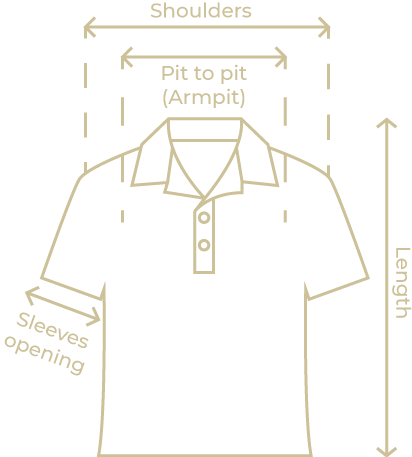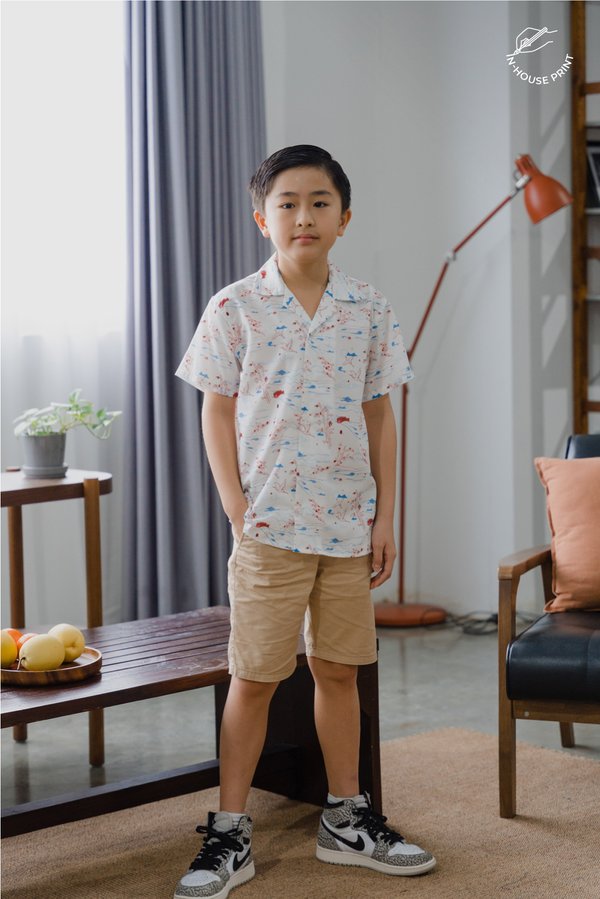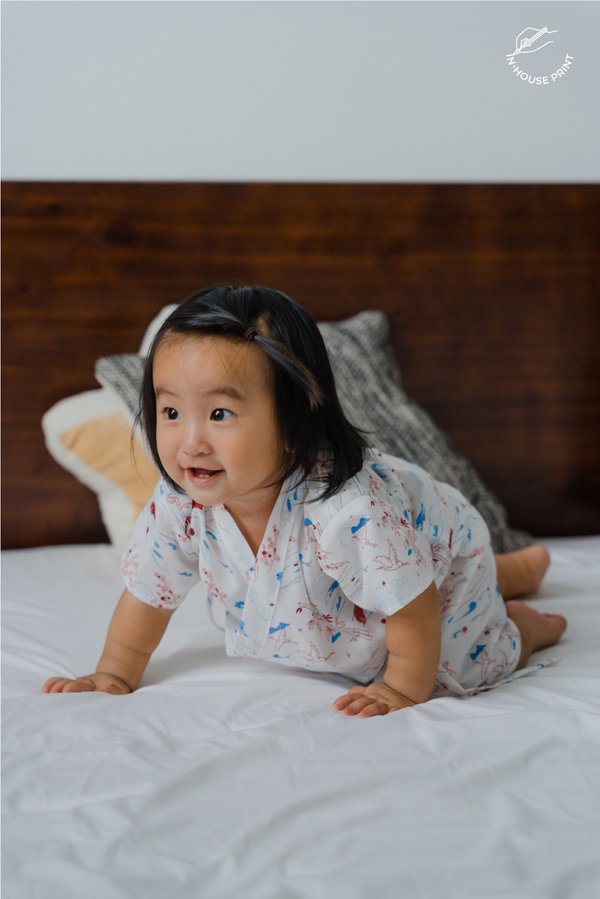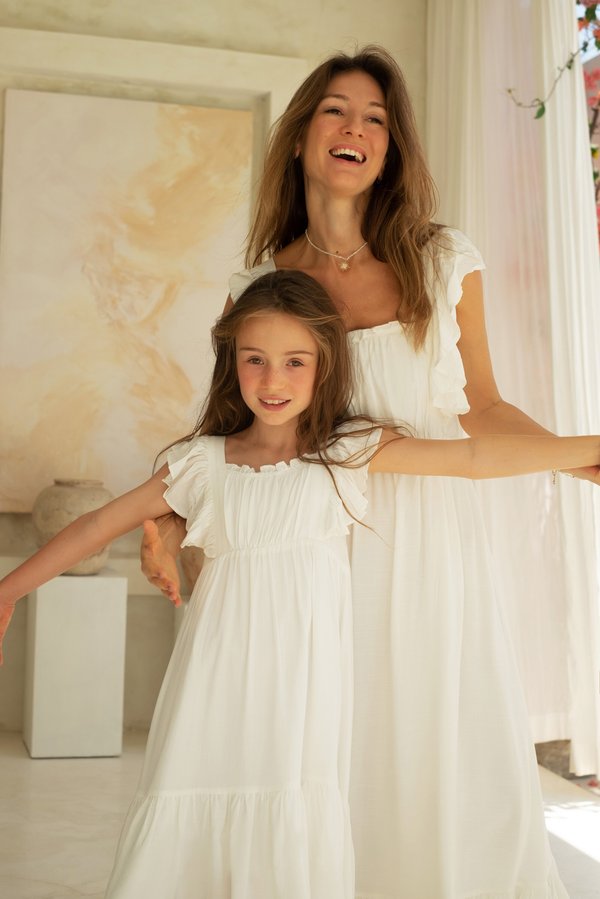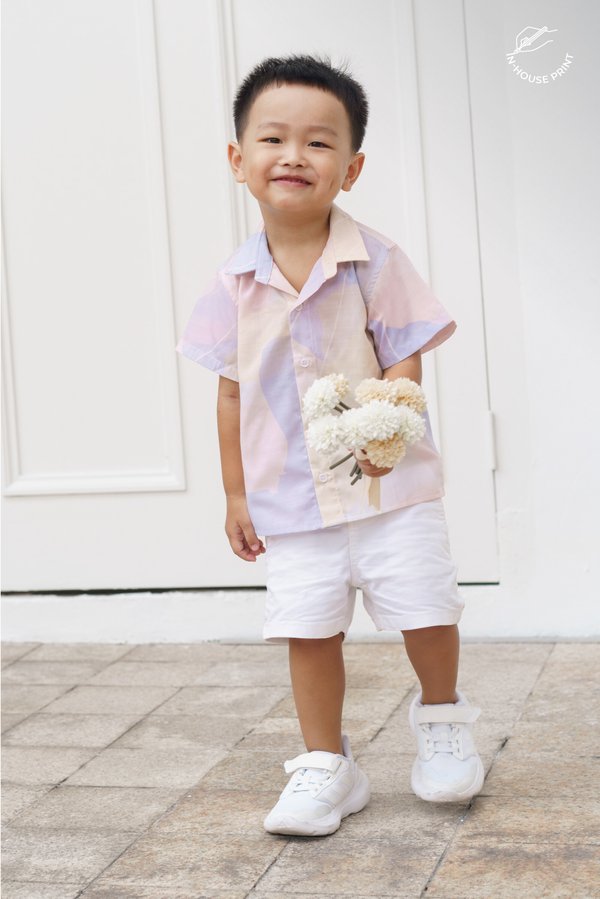Kinfolk Porcelain Junior Shirt (Blush Red)
DESIGNED AND MADE BY THE THREAD THEORY
Made of quality 100% cotton, very slight sheer, functional buttons. Placement of print varies from piece to piece.
Kinfolk Porcelain: Our very own in-house print features auspicious magpies, peonies and a medley of botanical fauna as we move from winter solstice into lunar reunions.
Material & Colours: Men's and Boys' shirts are made of the same 100% cotton material. Women's and Girls' dresses are made of soft cotton-polyester blend. Women's padded top and shorts are made of thicker polyester. There are slight colour variances for the different fabric composition but these designs should still complement each other well as a couple or family set.
Garment Care: Hand-wash separately with mild detergent only.

| 12 MTH | 18 MTH | 2 YRS | 3 YRS | 4 YRS | 5 YRS | 6 YRS | 7 YRS | |
| PIT TO PIT |
12" |
12.5" |
13" |
13.5" |
14" |
14.5" |
15" |
15.5" |
|
HEM |
13.25 | 14.25" | 15.25" | 16.25" | 17.25" | 18.25" | 19.25" | 20.25" |
|
LENGTH |
14" | 14.5" | 15" | 15.5" | 16" | 16.5" | 17" | 17.5" |
Model: 1 year old wearing 12 months.
For this design: Sleeved designs' PTP measurements need to be slightly bigger for allowance and comfort. Stick to your usual sizing for The Thread Theory.
General Guide: Measurements are in inches and taken across an apparel at respective areas. Multiply by 2 for circumference measurements. Range in measurement reflects the material stretch, with the smallest approximate measurement taken when an apparel is laid flat and unstretched, and the largest approximate measurement is taken when an apparel is stretched to its maximum. We do not recommend using the maximum stretch measurement as reference as some allowance is required for comfort and movement.
How to take measurements: When measuring apparels, we recommend laying the item completely flat and measuring just across the respective area. However, when measuring your body, we recommend measuring the whole circumference and then divide by 2 to compare with the product measurements. For example, to get your PTP measurement, measure the whole circumference of your armpit area (above bust line) and then divide by 2. Please note that PTP is NOT the same as bust which is taken across the broadest part of your chest.


